Rezept für eine Hausalternative zu Mayonnaise
Die drei schwersten Sünden in der Ernährung
15 selten verzehrte gesunde Gemüse
10 Rezepte für Erdbeeren
10 Lebensmittel, die man im Sommer in die Ernährung einbeziehen sollte
10 Ideen für ein ungewöhnliches Essen mit Kasse
Die Auswirkungen einer vegetarischen Ernährung auf die menschliche Gesundheit
So erreichen Sie dauerhafte Ernährungsumstellungen: Tipps für eine gesunde Ernährung
Regeln für eine effektive Gewichtsabnahme
Teil 3/3 – Moderne Trends und Methoden zur Gewichtsabnahme
Teil 2/3 – Moderne Trends und Methoden zur Gewichtsabnahme
Teil 1/3 - Moderne Trends und Methoden zur Gewichtsabnahme
Positive Aspekte der Nutzung von Kalorien-Apps
Positives Denken und Zielerreichung: Die Macht der Einstellung beim Training und Abnehmen
8 Lebensmittel, die Krebszellen bekämpfen können
Ausgewählte Filter
Artikel
















28 August, 2025

28 August, 2025
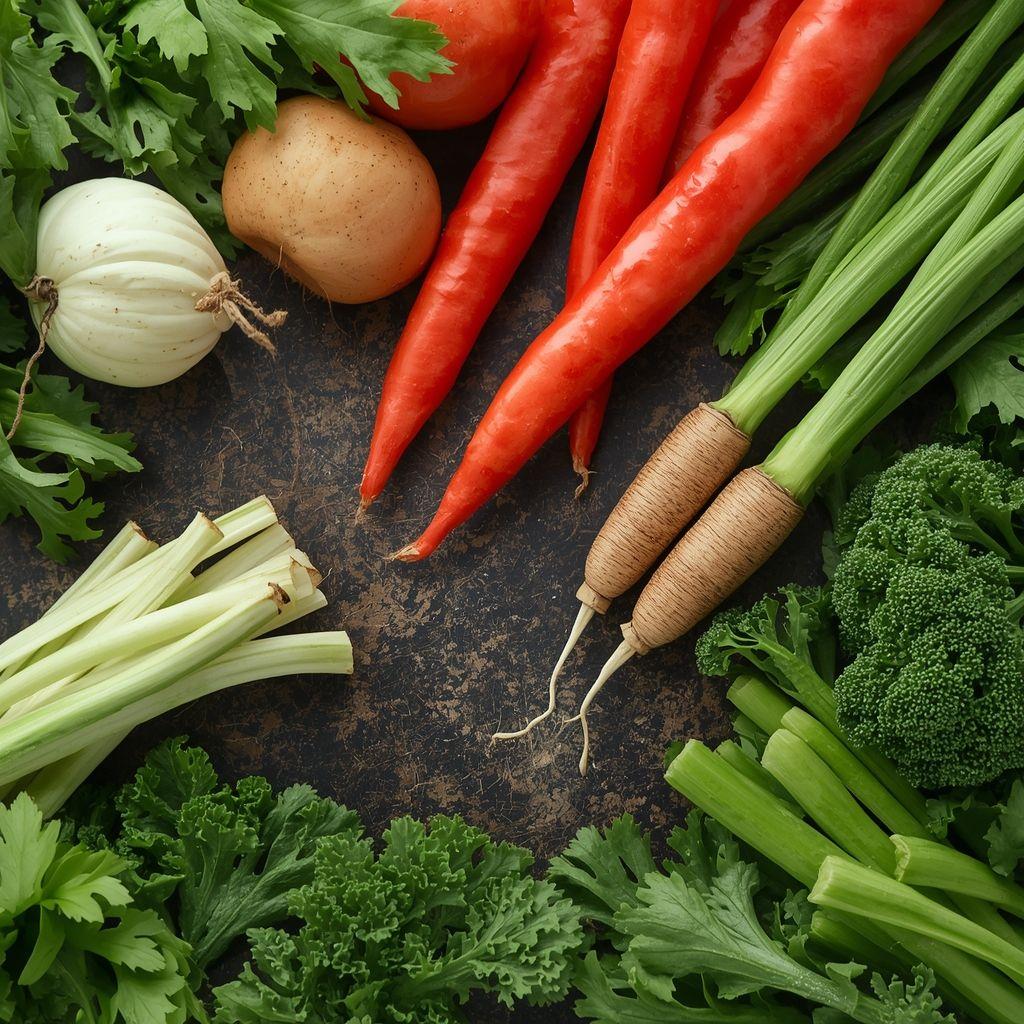
28 August, 2025
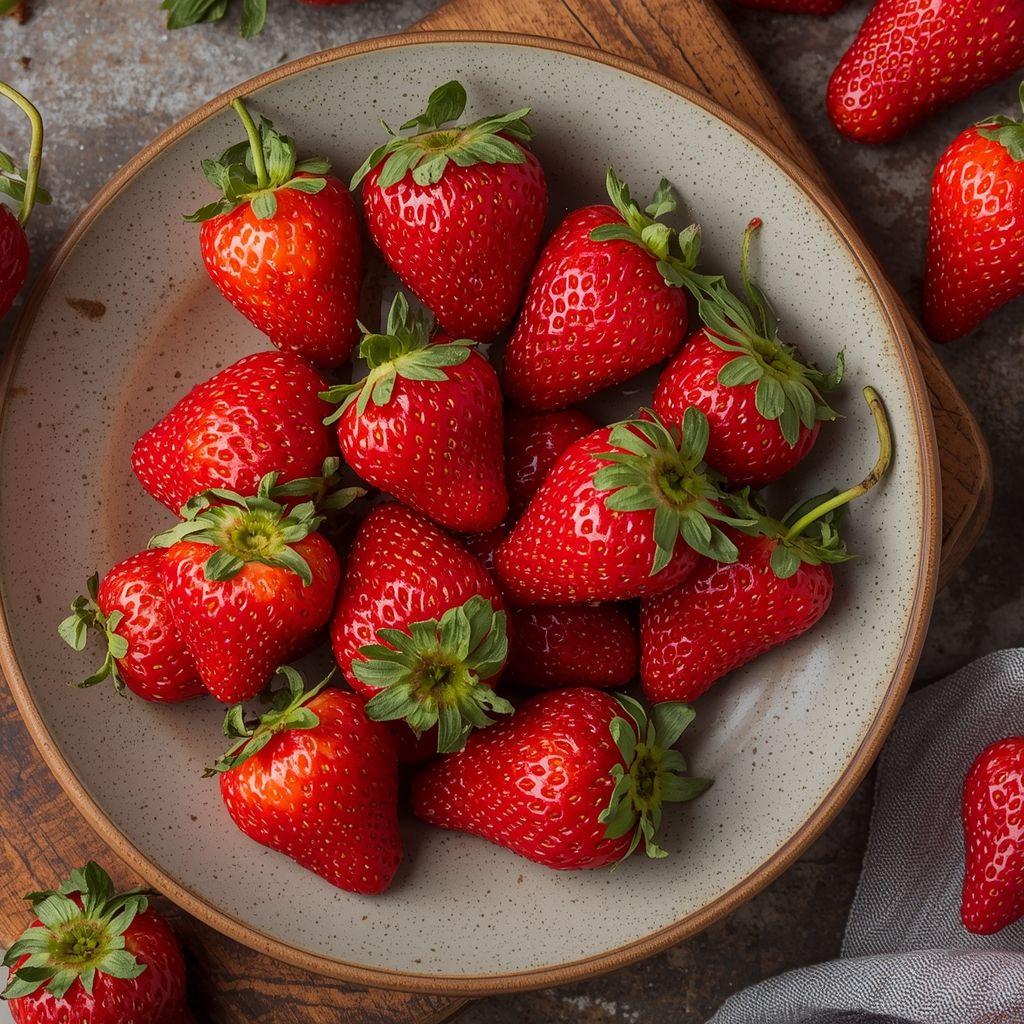
27 August, 2025

27 August, 2025
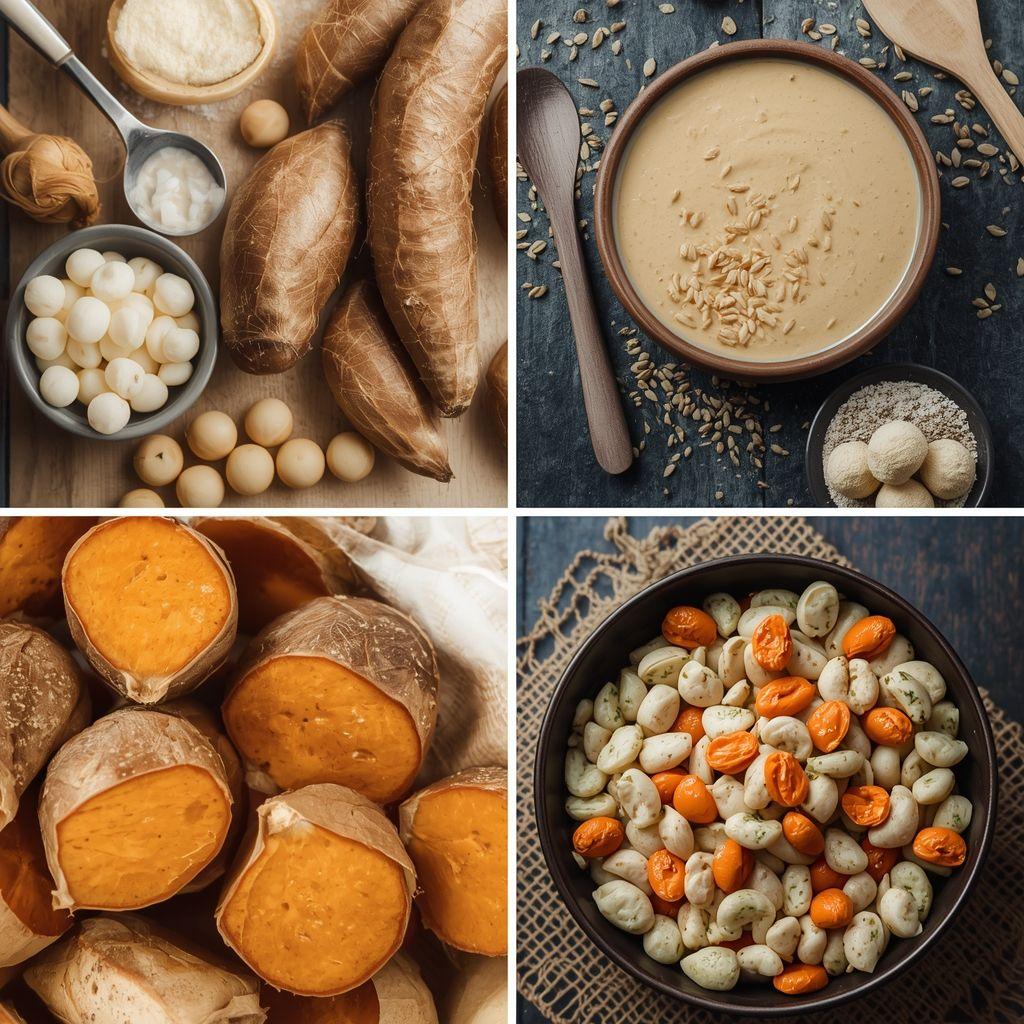
27 August, 2025
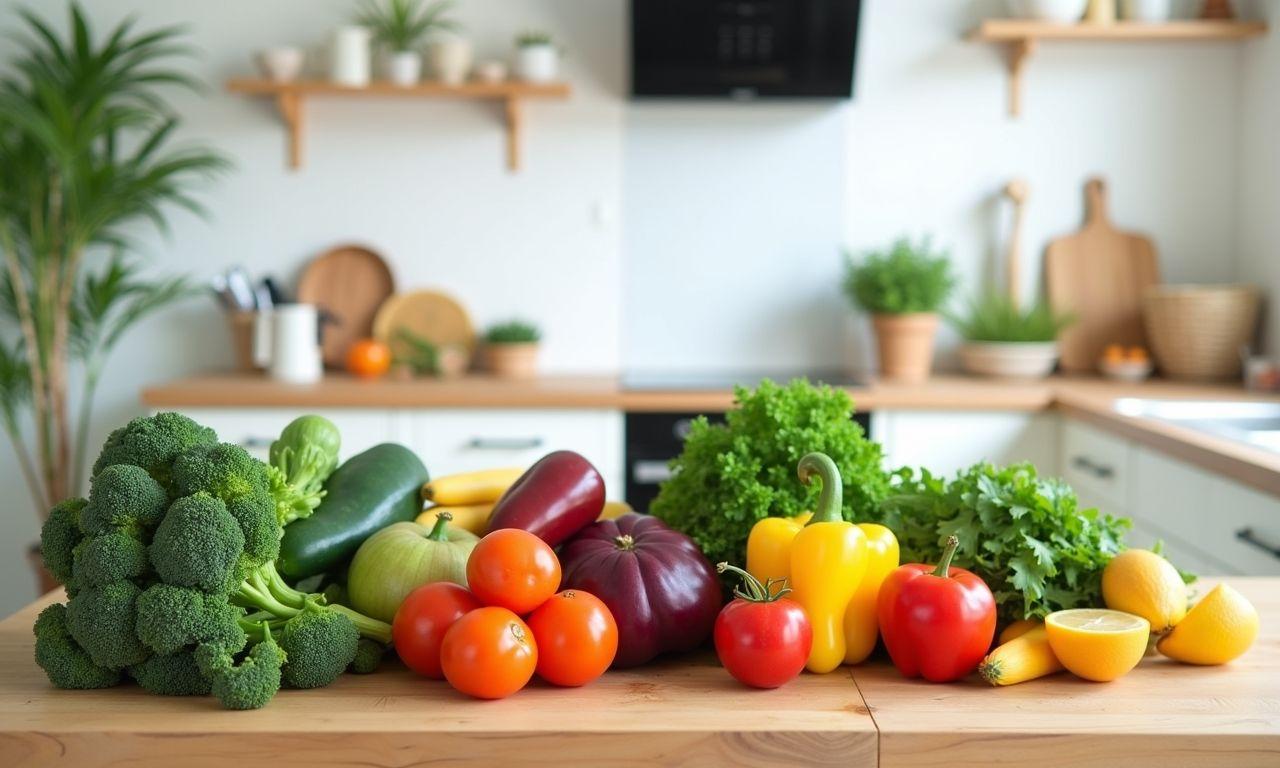
27 August, 2025

27 August, 2025

27 August, 2025
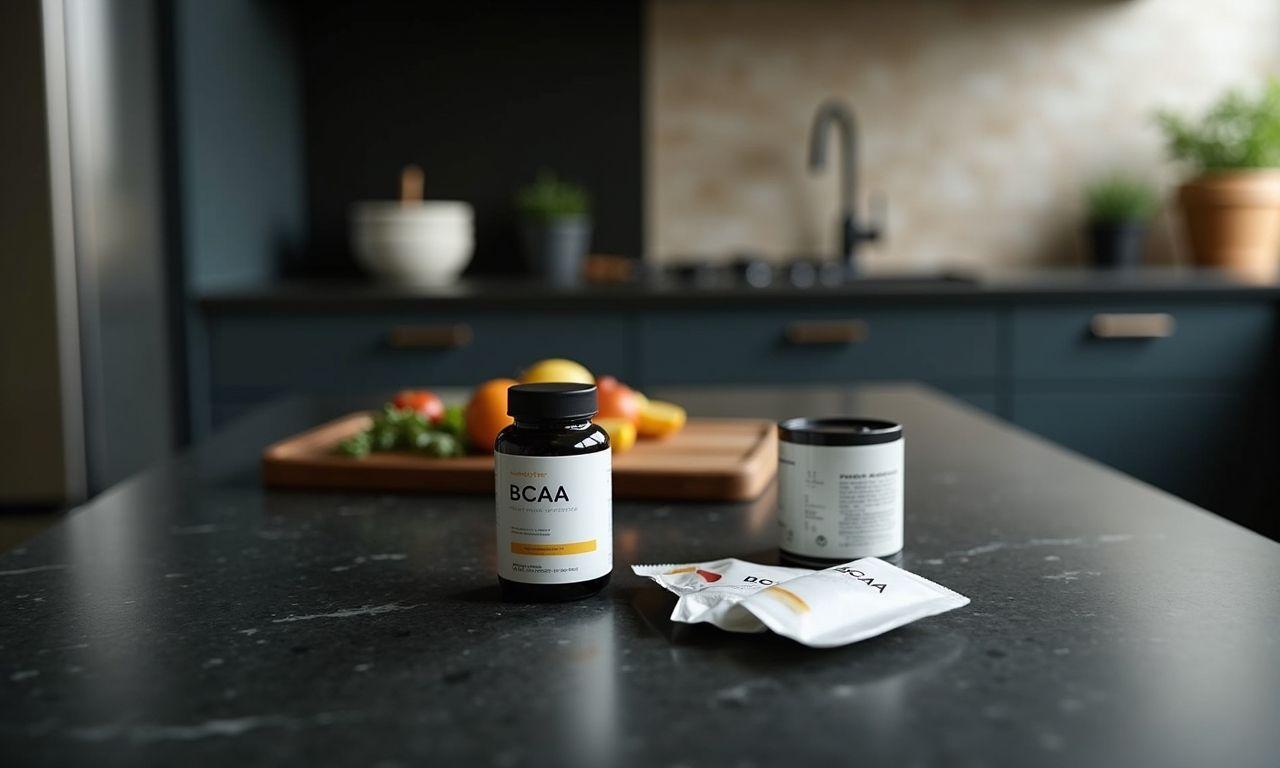
27 August, 2025

27 August, 2025

27 August, 2025